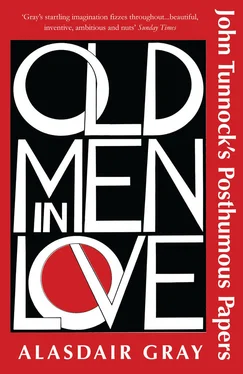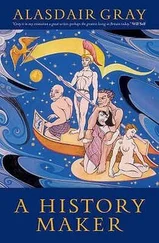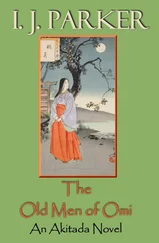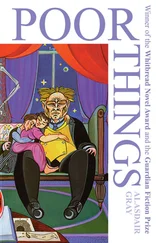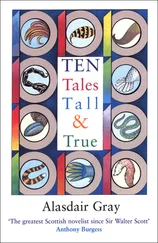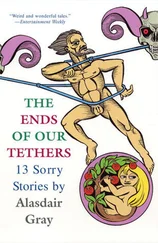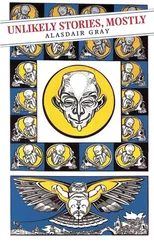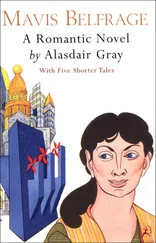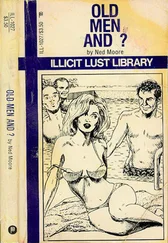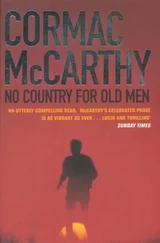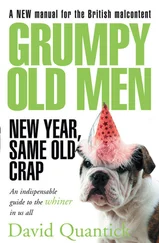
33: HERALD OBITUARY, 2 MAY 2007
Schoolteacher, writer.
born 1940
died 2007
JOHN SIM TUNNOCK died on 28th April as the result of a fall in his Hillhead home. He was for many years a well-known figure around Glasgow’s Byres Road, having lived in Hillhead all his life. After attending Glasgow University and Jordanhill Training College he was first a teacher, then headmaster in Molendinar Primary School, Robroyston, accepting early retirement for family reasons in 1977. A life-long bachelor, his literary hobbies made him a contributor to Chapman, the Edinburgh-based literary magazine. His funeral service at the Linn Crematorium was attended by a few close friends, among them Dr Francis Lambert and the lawyer, Angela Mullane. His only surviving relative is in the U.S.A.
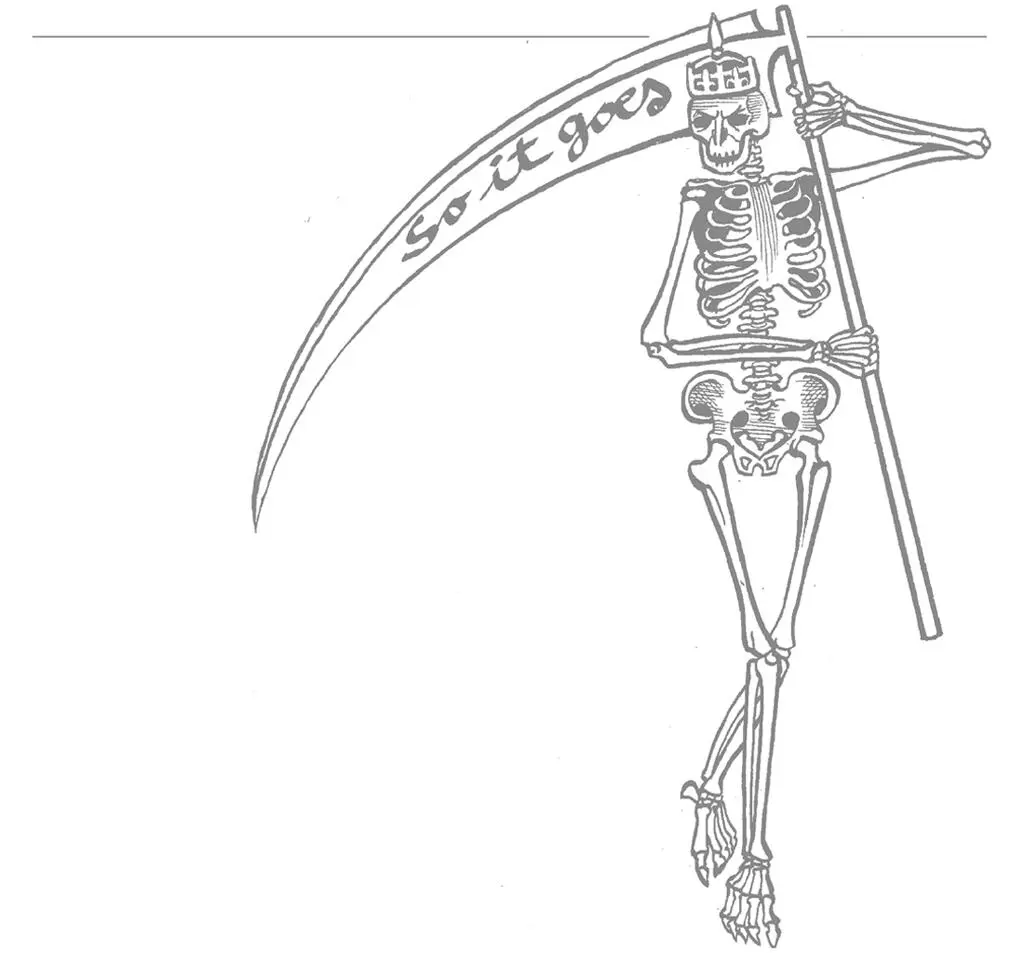
JOHN TUNNOCK’S CROSSWORD TESTAMENT
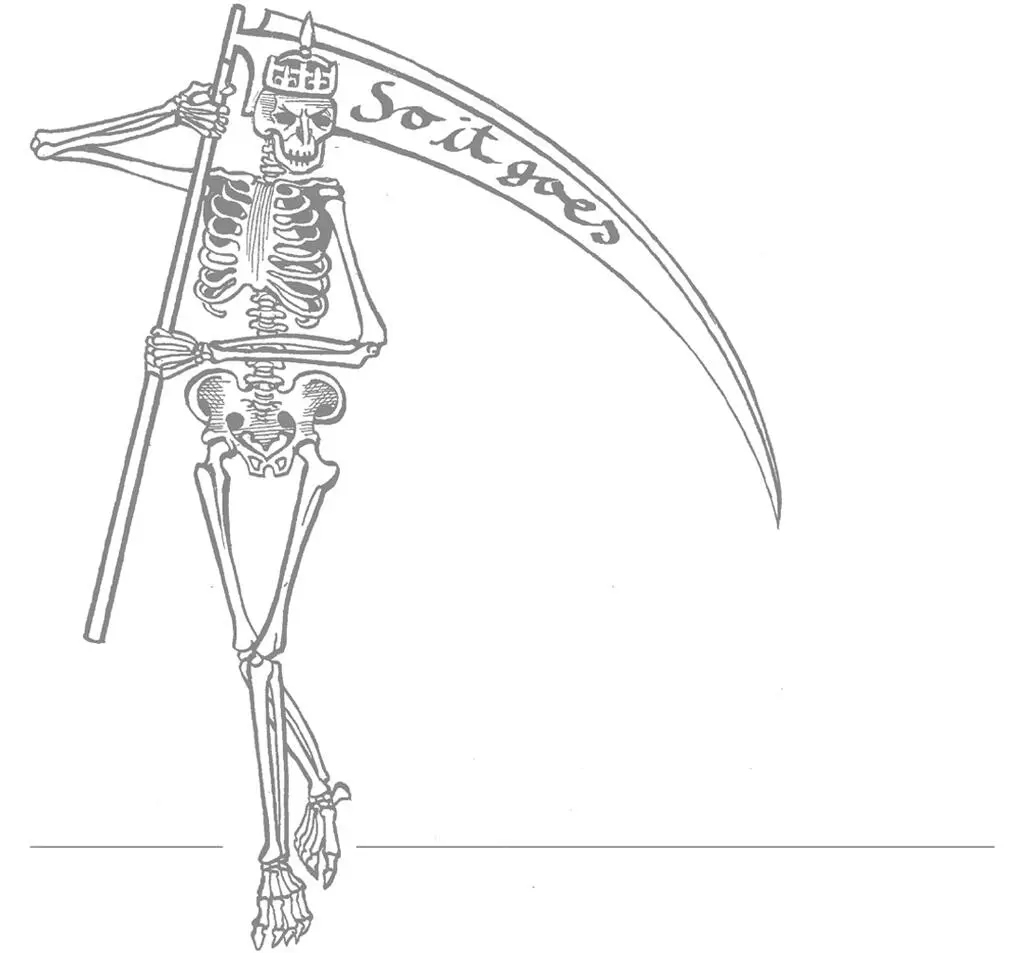
Dirty stuff, dust, turmoil in Scots is stoor, stofzuiger Dutch for hoover. Love, desire, lust are English, lust Deutsche, désir Francais so spirits, sprites, geists, ghosts inspire esprit. Great Yeats creates, sweet Keats repeats, eager Edgar Poe try poetry games until dog shout, tree skin, water car meet in one word, a curtailed world. See saw so we embark, go out into nothing like candle flames.
SIDNEY WORKMAN’S EPILOGUE
In his introduction to the 2007 reprint by Canongate of Gray’s first book, Lanark , William Boyd says that years before the publication in 1981 it had a Scottish reputation as “a vast novel, decades in the writing, still to see the light of day. . an impossibly gargantuan, time-consuming labour of love, a thousand pages long, Glasgow’s Ulysses — such were the myths swirling about the book at the time, as far as I can recall.” Boyd is referring to the early seventies when he was a student at Glasgow University. I was then a young lecturer in English at the Adam Smith Teachers’ Training Institute, Kirkcaldy, and had encountered Lanark through the publication of two early chapters in a short-lived but influential quarterly, Scottish International . Finding some of my students impressed by what they thought “the novelty” of that sample I wrote to the editor, Robert Tait, pointing out how much these chapters owed to Màrquez’s One Hundred Years of Solitude , published three years before, and the first magic realist novel to be noticed internationally. Scottish International did not print my letter but Gray certainly read it. Shortly before Lanark was published in 1981 he sent me a proof copy and letter begging me to return it with any critical remarks I wished to make. “The severer the better!” he wrote. “I promise to take account of them, and acknowledge your contribution.”
This request seemed honest so I honestly replied, saying (among other things) that the only apparent reason for combining two very different narratives in Lanark was the author’s assumption that a heavier book would make a bigger splash. I also noted several misleading and unjustified ploys in a so-called “epilogue” between chapters 40 and 41. On receiving a final copy of the book I found my criticisms had moved Gray to change his book in one way only: he had separated my strictures and added them as footnotes to his “epilogue”. But he certainly acknowledged me as their author! The novel’s success in Scotland led to smiling colleagues congratulating me on my part in it. Lecturers from other colleges began greeting me with surprise because they had thought me a figment of Gray’s imagination — thought the footnotes a device to deflect criticism, not voice it. Gray had lured me into a trap. That I really exist has led those who know this to see me as Gray’s dupe or stooge, thus irrevocably damaging my career. Since the mid 1980s it has been obvious that my Cambridge First will never lead to a more important teaching post, and that only retirement will let me escape from Fife. This has left me with a strong but unenchanted interest in Gray’s work.
In February 2007 I received a parcel through the post and, opening it, had a déjà vu experience that almost set my hair on end. It was a proof copy of Old Men in Love and letter from Gray profusely apologising for the bad effect of Lanark upon my career, which had been the opposite of his intention. Old Men in Love (he wrote) was a chance for us both “to set the record straight”. He invited me to review it, at any length I liked, with any other of his books. He promised to publish this review as an epilogue to Old Men in Love without comment or alteration, and since this novel would be his last (for he is seventy-two and in poor health) I could be sure of having the last word. This smooth invitation was obviously Gray’s way of obtaining another critic-deflecting device. I have accepted it with open eyes, believing that a cool statement of facts will let me at last indeed “set the record straight”.
The attention that Gray’s first novel Lanark received in Scotland is not surprising. A small country of about five million souls will make the most of what literature it has, and Lanark appeared in 1981 when northern universities urgently needed such a book. For nearly two centuries Scots literature had been taught as a branch of English. The post-war increase in Scottish national feeling finally made it a separate university course with only some twentieth-century poetry worth lecturing upon, and hardly any fiction. England had H.G. Wells, D.H. Lawrence, Virginia Woolf, Forster, Greene and Orwell, but the only well-known Scottish author was a thriller writer, John Buchan. From Chaucer’s Canterbury Tales to D.H. Lawrence’s The Rainbow England has had a great tradition of great literature showing its social breadth. The nearest Scots equivalent since Burns, Hogg and Sir Walter has been a line of dour working-class novels set in depressed local communities. Brown’s House with the Green Shutters (1901), Grassic Gibbon’s Scots Quair (1934) were the best and William McIlvanney’s Docherty (1975) the most recent. When Docherty received the Whitbread award Scots critics hoped McIlvanney would go on to produce something new and surprising, but McIlvanney, tired of high critical attention and low royalty cheques, turned to crime thrillers and left a gap in modern Scots literary courses that Lanark filled perfectly.
In the first place it was very big, combining several genres with a short linking story. One half was in the Scottish depressed working-class tradition, enlivened by elements from Joyce’s Portrait of the Artist as a Young Man . The other half was a Kafka-esque pilgrimage mingled with science fiction. They were linked by a Borges type of story, a fantasia on memory, and the whole was welded together by devices that began to be labelled Postmodern in the 1980s, most of these being in the so-called “epilogue”. Here, like Fowles in The French Lieutenant’s Woman , Gray described himself inside his book, writing it. He put in a large index of authors he had plagiarised, except for Fowles, and named many friends and acquaintances in a west of Scotland literary clique that east coast critics had begun to call “the Glasgow literary mafia”. He disarmed criticism yet further by enlisting me, as I have described.
Читать дальше
